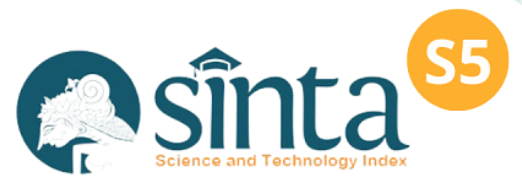Implementasi Algoritma Naïve Bayes untuk Prediksi Penerima Bantuan Sosial di Desa Cigayam
Keywords:
Data Mining, Naïve Bayes Algorithms, Social AssistanceAbstract
Social assistance is one of the government's programmes aimed at improving the lives of people especially for those who are economically disadvantaged. However, there are several reasons why some people are unable to access social assistance. In the case of this study, the authors used the Naïve Bayes algorithm with the KDD (Knowledge Discovery Database) method to predict the population in obtaining social assistance. The data was taken from the population data of Cigayam Village and the social welfare recipient data in the village ofCigayam with the results showing high accuracy in this study, for the true or false outcome of 1047 data and 53 data with the precision grade of 95.18%, 81.17%, for the real outcome, and 28.38% for the wrong outcome. So with the ROC curve shows the accuracy of the spinning visually, with an AUC of 0.868% for naïve bayes using the ROK curve of 0.90.1.
Downloads
Published
Issue
Section
License
Copyright (c) 2024 Dede Hoeriah, Bani Nurhakim, Sandy Eka Permana, Willy Prihartono, Gifthera Dwilestari

This work is licensed under a Creative Commons Attribution-NonCommercial 4.0 International License.









